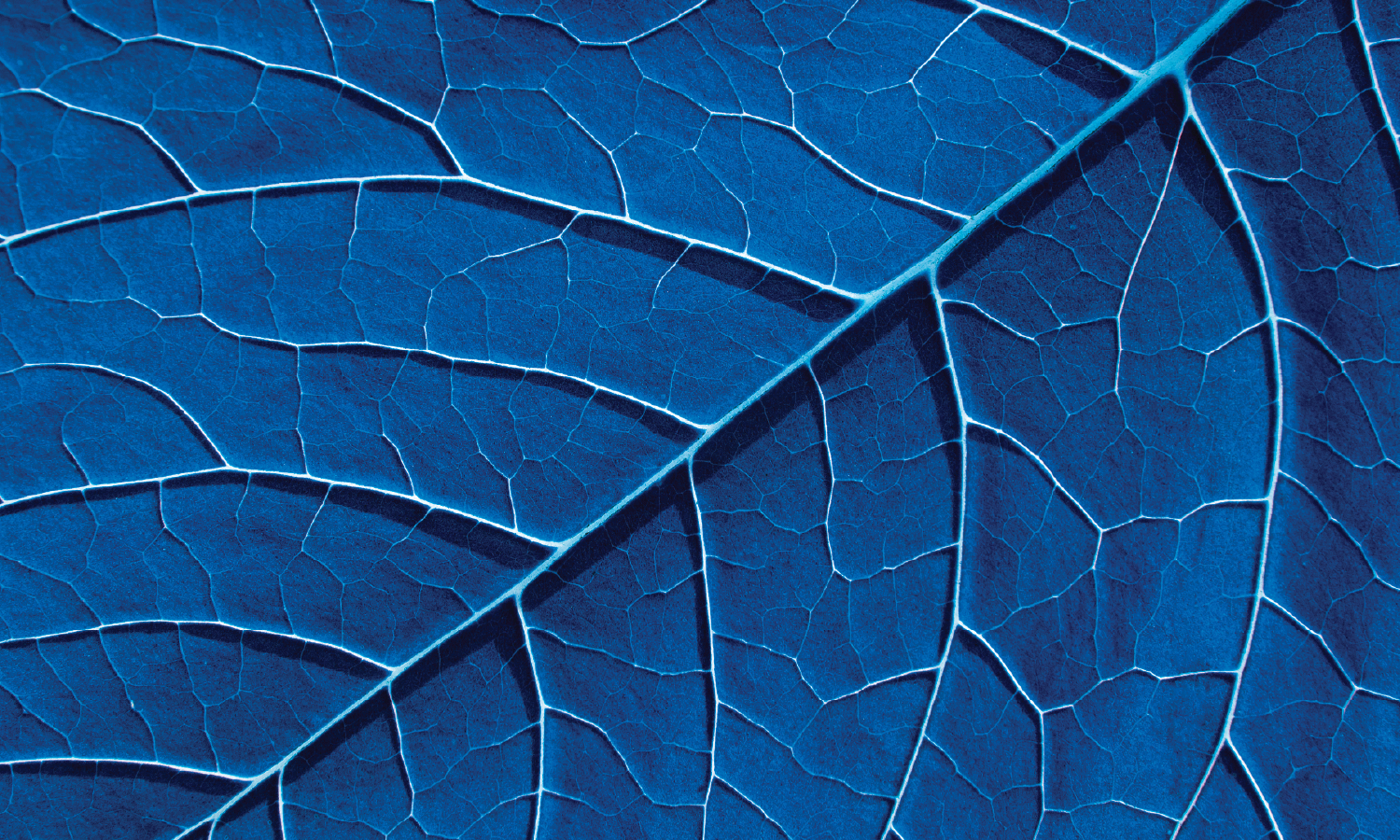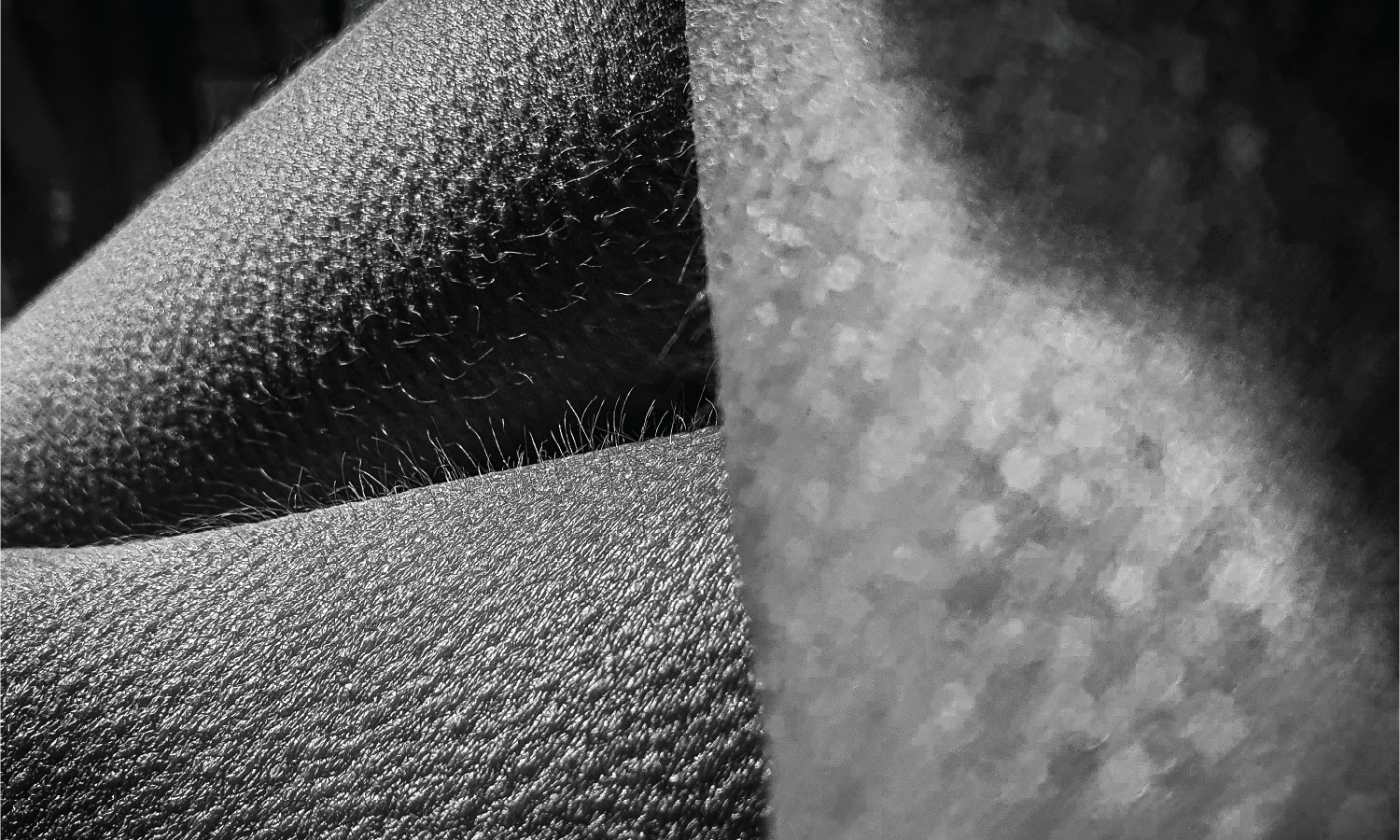How does My Body Respond to the Cold of an Ice Bath?
While vasodilation refers to our body’s ability to actively widen blood vessels, vasoconstriction refers to the opposite - the active narrowing of our blood vessels.
As you can probably guess, the effect is a reduction in the amount of blood that can flow through them.
By applying vasoconstriction close to our skin, our body draws blood, and with it heat, from our periphery to our core. This prevents that heat from being dissipated into the environment.
Thermogenesis
Thermogenesis refers to the generation of heat. Our bodies achieve this through two mechanisms, the first of which is muscle shivering.
Believe it or not our muscles are quite inefficient. Of the energy they consume, as little as 20% goes to movement, while as much as 80% is lost to heat. While this is clearly not ideal for physical exertion, it’s very useful for temperature regulation.
During cold exposure, our body engages our primary motor centre, producing involuntary, rapid, and cyclical contractions of our muscles - which we experience as shivering. In extreme cold, shivering can increase our energy consumption by up to 3-4 times compared to rest.
The second of these mechanisms involves what is known as brown adipose tissue (brown fat). We’ll explore brown fat in further detail in a later post, as it’s quite important to the ultimate benefits of cold exposure.
Briefly for now, our body actually contains a spectrum of types of fat. At one end is white fat (what we commonly think of as fat), which is far more abundant and acts as a store of energy. At the other end is brown fat, which actually consumes energy (both carbs and fat) in order to create heat.
Brown fat plays a key role in regulating our temperature and metabolism.
Piloerection
In addition, piloerection, which we experience as goosebumps, is an important mechanism in heat preservation.
During cold exposure, hair erector muscles all over our skin are stimulated to contract, raising our hairs.
These raised hairs trap a layer of air close to our skin, which subsequently becomes heated, creating a layer of insulation against the cold.
Behavioural Changes
Finally, similar but opposing behavioural changes as mentioned for heat loss can be an effective mechanism for heat gain.
These include increasing movement, adopting a more closed body position, adding clothing, and increasing food consumption.
Can you remember experiencing any of these responses in a cold environment? Do you think they were effective at keeping you warm? Did they become more effective the more times you experienced cold?
In our next post we’ll explore some of the signalling aspects of thermoregulation, as they’re important to our practical application of heat and cold therapy.




